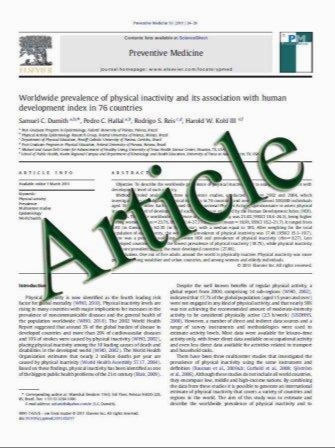Comparison of meshes, gels and ceramic for cartilage tissue engineering in vitro
- نوع فایل : کتاب
- زبان : انگلیسی
- مؤلف : Nazzar Tellisi & Nureddin Ashammakhi
- چاپ و سال / کشور: 2007
Description
Full-thickness articular cartilage defects lack the capacity of healing because of lack of blood supply and lack of chondrocyte proliferation around the injury site. These factors contribute to the difficulty of getting good healing of cartilage defects. Autologous chondrocyte transplantation has been proposed as a method for treating cartilage defects using chondrocytes grown in vitro, which are then transplanted into the defects using a periosteal flap to retain the cells at the defect site. Studies that followed have attempted to refine this technique by using a cell matrix to support the chondrocytes. The reason for adding a resorbable cell matrix support that acts as a temporary scaffold until the chondrocytes are capable of producing extracellular matrix. Moreover, such a matrix may help in maintaining chondrocyte differentiation and phenotype. In this study, we have investigated the biocompatibility between human chondrocytes and biomaterials that could be used as matrix implants. It is a comparative study in vitro that involves assessing the proliferation and differentiation of human articular chondrocytes cultured on different resorbable biomaterials. Human chondrocytes were isolated from collagenase digest of articular cartilage provided by patients undergoing total knee replacements for osteoarthritis from the non-involved areas of the knee. The chondrocytes were then allowed to proliferate in vitro to increase the number of cells available for study. After adequate multiplication, the cells were seeded onto different biomaterials and allowed to from a cell biomaterial construct. The biomaterials used in this study were collagen I, calcium alginate, agarose, polyglycolic acid and Bioglass 45S5. The cell–biomaterial constructs were then collected at specific time points 3, 7, 14 and 21 days for histological and biochemical studies. The assessment includes studying proliferation, differentiation and extracellular matrix production. This was performed by immunostaining for collagen I and II production and histochemistry staining for glycosaminoglycans. Chondrocyte proliferation was more effective on 3D gels compared to ceramics and mesh. Cells on Bioglass expressed the same collagen type and at the same proportion as that expressed by freshly isolated cells. Moreover, Bioglass has induced cells to re-differentiate after they lost their differentiation in monolayer culture. Overall, however, there was no clear relationship between the cell morphology and type of collagen produced. Bioactive glass seems to behave as a suitable material for chondrocyte tissue engineering because it can maintain a chondrocyte phenotype.
Eur J Plast Surg DOI 10.1007/s00238-007-0189-8 Received: 1 May 2007 / Accepted: 5 July 2007


